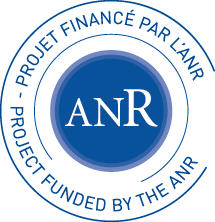Project Coordinator


UPMC Sorbonne Universités (Université Pierre et Marie Curie, formerly Paris 6) is the largest scientific and medical university in France. Its computer science laboratory, LIP6 , is internationally recognised as a leading research institute. The LIP6 Networks and Performance Analysis (NPA) group headed by Professor Serge Fdida focuses on the Future Internet, with the vision of an autonomous, reliable, high-performance and secure pervasive network. LIP6 has been involved in many activities related to DTNs, community-based wireless networks, Publish-Subscribe research, monitoring and large-scale testbed projects such as OneLab2 (IP FP7 project) which LIP6 is coordinating. LIP6 will mainly provide the F-Lab project with expertise on federation and OneLab architecture, operation and dissemination. The NPA group develops a modern approach of research in networking, through basic research and transfer activities, in strong cooperation with worldwide academic partners and industrial leaders. Transfer is measurable though our contributions to standardization bodies (e.g. IETF: MLDv2 or RTCP XR), the creation of start-ups (like Qosmos ) as well as numerous industrial contracts. The group activity is supported by permanent researchers, Post-Doc, international visitors, engineers and about 40 PhD students. Therefore, the group has established a critical mass of about 60 faculties/ engineers/ PhDs.






